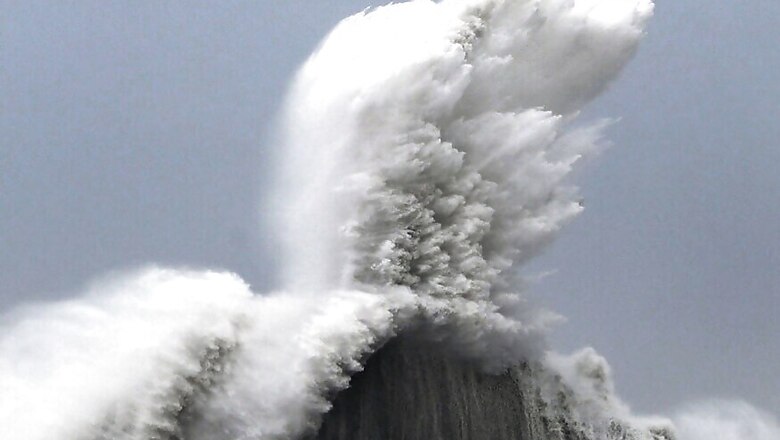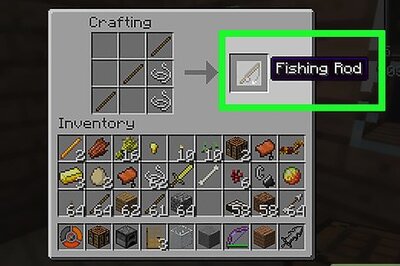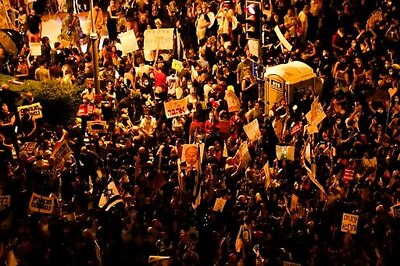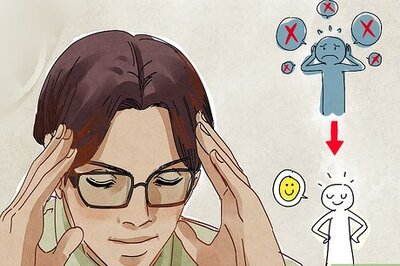
views
Tokyo: A strong 6.4-magnitude earthquake rocked Japan on Tuesday, sparking an tsunami advisory that was later lifted with no reports of major damage or injuries.
The nation's meteorological agency warned that a wave of one metre (three feet) could hit the coast of the Sea of Japan, north of Tokyo, but only small ripples of 10 centimetres were recorded.
The agency cancelled the tsunami advisory around two and a half hours after the quake.
The earthquake registered six on the Japanese scale, which goes up to a maximum of seven and was felt in the capital, which is more than 300 kilometres (185 miles) away. The US Geological Survey put the magnitude of the quake at 6.4.
Prime Minister Shinzo Abe told reporters his government would be "on the maximum alert" to prepare for possible rescue operations in the region.
An official in the disaster management office of Niigata prefecture, the epicentre of the quake, told AFP: "We do not have a precise picture of the impact as we are still collecting information. But so far there have been no reports of injuries or casualties."
Separately, a fire department official in the region said two elderly women were taken to hospital following falls but "they were conscious."
The earthquake struck at a late hour in mainly sparsely populated areas so it was not easy to evaluate the damage immediately. Witnesses cited by national broadcaster NHK said they experienced strong shaking that knocked some books off shelves and moved some furniture.
The broadcaster showed images of some cups and glasses smashed on the floor of a restaurant.
Officials immediately stopped bullet train services in the region as a precautionary measure, according to NHK, which also said thousands of households were left without power.
An agency official told an emergency news conference that residents in the region should stay vigilant as "a sizeable earthquake may occur again." The official also warned that bad weather was forecast in the region, which could potentially trigger landslides.
"All nuclear power plants have reported no abnormalities," government spokesman Yoshihide Suga told reporters. "Strong jolts may continue," warned Suga, adding that authorities were checking for signs of damage or injuries.
There were multiple small aftershocks after the main quake.
Some local roads were also closed after the earthquake, which struck at around 10:22 pm (1322 GMT).
Japan sits on the Pacific "Ring of Fire", where many of the world's earthquakes and volcanic eruptions are recorded. A powerful quake rocked northern Japan in September and triggered massive landslides that killed 44.
Last June, a deadly tremor rocked the Osaka region, killing five people and injuring more than 350 others. On March 11, 2011, a devastating 9.0-magnitude quake struck under the Pacific Ocean, and the resulting tsunami caused widespread damage and claimed thousands of lives. Niigata itself has a history of large earthquakes.
In 2004, a 6.8-magnitude quake hit, killing 68, including elderly people who died in the days and weeks after the first tremor from stress and fatigue.
The area was also hit by a magnitude-6.8 quake in 2007, leaving 15 people dead.




















Comments
0 comment